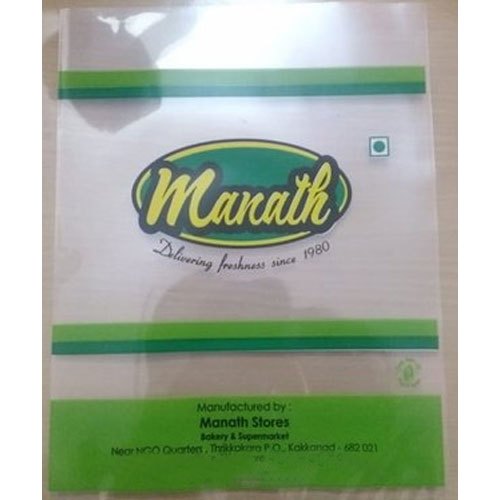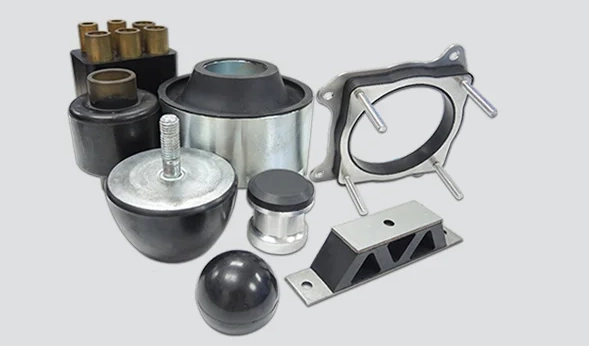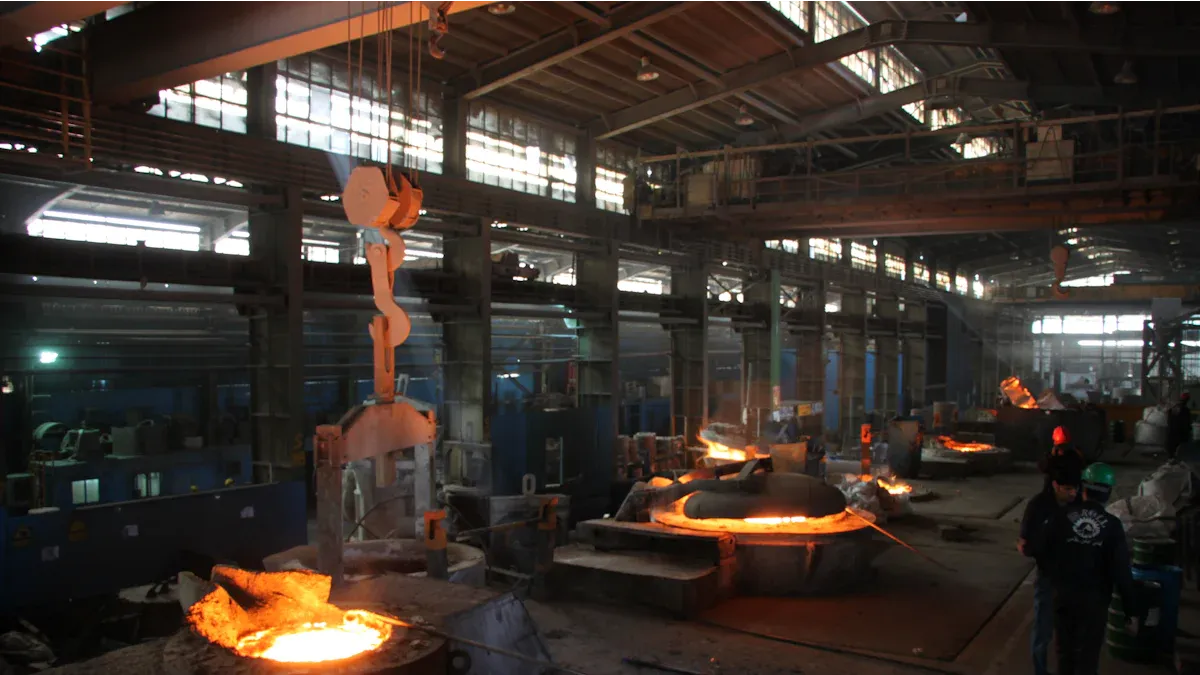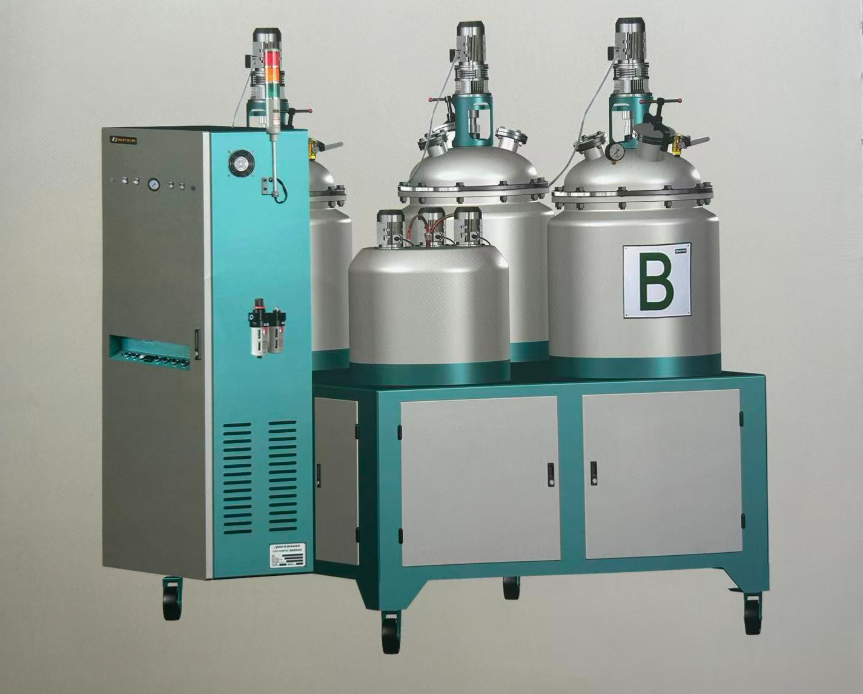Unraveling the Layers: The Most Common Plastic Used in 3D Printing and Its Impact

As the world of technology continues to evolve, 3D printing has emerged as a revolutionary tool, transforming industries from healthcare to automotive. At the heart of this innovation lies a critical component - plastic. But what is the most common plastic used in 3D printing? The answer is Polylactic Acid (PLA).
PLA is a biodegradable thermoplastic derived from renewable resources such as corn starch or sugar cane. It has gained popularity due to its ease of use, environmental friendliness, and versatility in applications. However, the story doesn't end here. Let's delve deeper into the world of PLA and its role in 3D printing.
PLA's dominance in 3D printing can be attributed to its unique properties. It has a relatively low melting point, around 180-220 degrees Celsius, making it suitable for most 3D printers. Additionally, PLA's excellent detail resolution, minimal warping, and wide range of available colors make it an ideal choice for beginners and professionals alike.
Despite its advantages, PLA is not without its limitations. Its low melting point makes it unsuitable for objects that need to withstand high temperatures. Moreover, while PLA is biodegradable, this process requires specific conditions, questioning its environmental impact.
Another commonly used plastic in 3D printing is Acrylonitrile Butadiene Styrene (ABS). ABS is a strong, flexible plastic often used in professional settings. It has a higher melting point than PLA, making it suitable for objects requiring durability and heat resistance. However, ABS can emit unpleasant fumes during printing, necessitating good ventilation.
The choice between PLA and ABS, or any other plastic, depends on the specific requirements of the print job. Factors such as the object's purpose, the printer's capabilities, and the environmental conditions play a crucial role in this decision.
The future of 3D printing plastics is exciting, with new materials constantly being developed. For instance, Polyethylene terephthalate glycol (PETG) combines the ease of use of PLA with the strength and durability of ABS. Meanwhile, research is ongoing into more sustainable alternatives, such as algae-based plastics.
In conclusion, while PLA is currently the most common plastic used in 3D printing, the dynamic nature of this field means that this could change as new materials are developed. As we continue to push the boundaries of 3D printing, the importance of understanding the properties and applications of these plastics cannot be overstated.





